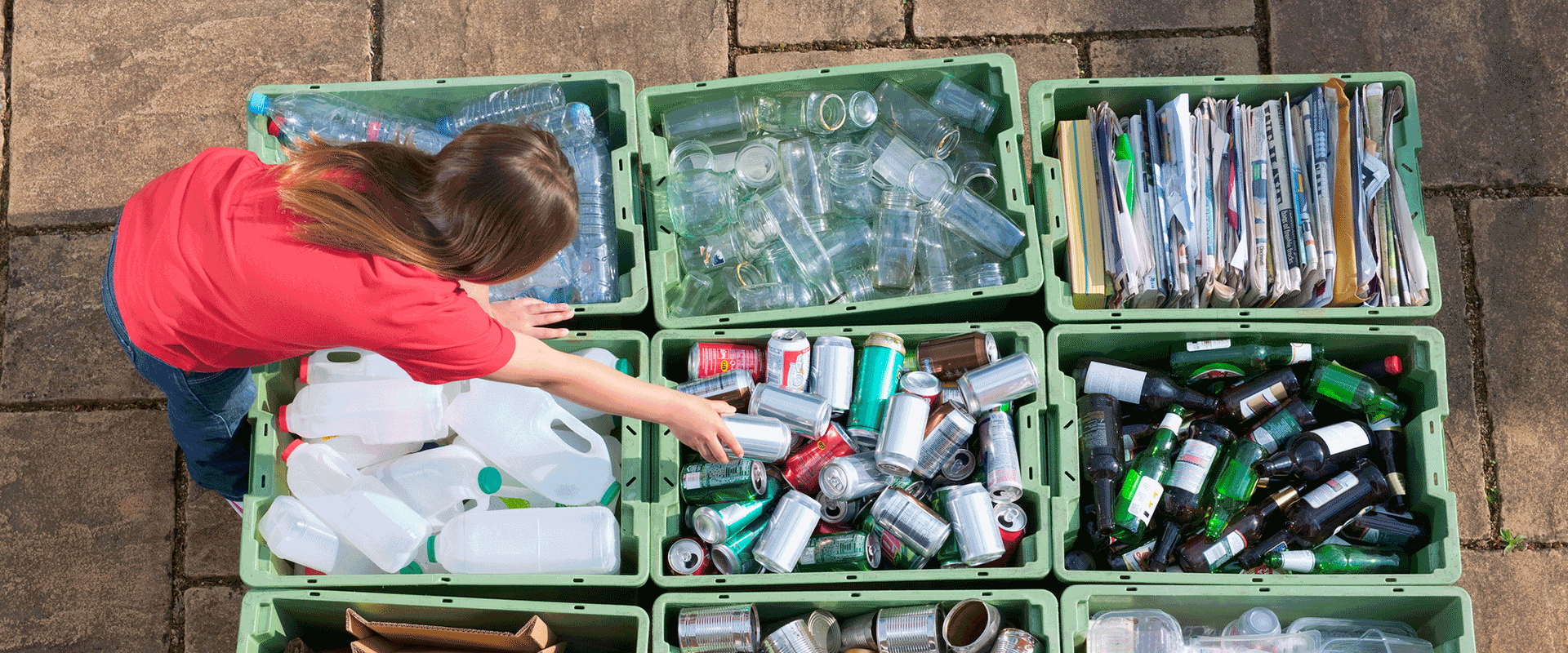Considerations for investors and corporates
The circular economy provides a USD 4.5 trillion opportunity9 by 2030 through better waste management, increased business efficiency and new employment opportunities. According to the Ellen MacArthur Foundation, reusable packaging is a USD 10 billion opportunity10. Apart from monetary rewards, being socially and environmentally responsible can give companies a competitive edge in the war for talent: according to a recent survey conducted by Nuveen11, over 90% of millennials and 70% of non-millennials would prefer to work for a company with a positive social and environmental impact on the world.
For investors, there are a number of critical factors to consider when assessing opportunities in sustainable packaging:
- Business models with multiple demand drivers: Businesses that are dependent on a regulatory framework to create their market risk pricing and profitability declining over time. Examples include battery return systems and plastic waste licensing schemes.
- Address brand owners’ and consumers’ key purchasing requirements: Sustainability is important, and so are affordable pricing, consistency and quality of supply, and convenience. Products that do not address these requirements are unlikely to grow beyond minority interest groups and niche brands. Those that deliver a similar value proposition to conventional plastic packaging but don’t create the same end-of-life challenge will very likely benefit from the underlying growth in packaging and from substantial share gains versus conventional, multilayer plastic. There is some evidence that sustainable packaging may justify a price premium on the packaging product that was inconceivable even two years ago.
- Deliver on the sustainability promise: Some sustainable packaging solutions may sound good, but on closer inspection they do not live up to their promise. Film-laminated papers in food are an example; consumers will pick up on the actual recyclability, carbon footprint, etc., and demand is likely to be short lived if sustainability is not delivered.
- Plastics will be around for some time: For many mass applications, especially in segments where hygiene, shelf life and presentation matter, plastic is and will continue to be the packaging material of choice for some time. Targets with leading positions in traditional plastic packaging can still achieve sizeable and profitable growth through commercial excellence along the value chain, especially if they are participating in initiatives to come up with the next generation of sustainable materials.
- Some packaging sectors are less affected by sustainability trends and therefore have more predictable demand profiles: Healthcare devices and pharma products packaging, for example, remain reliant on virgin resins, and given the criticality of the applications in medicine, current product ranges are under less pressure to look for more environmentally sustainable alternatives.
For corporates, the sustainability agenda depends on where they stand in the packaging value chain, how sizeable and international they are, to what extent their products are B2B versus B2C, and how much of their range would already be consistent with sustainability goals across the product life cycle (within sourcing, operations, logistics, product design and use, and recycling/end-of-life processing).
Successful companies have several characteristics in common:
-
They set clear and ambitious yet credible goals and hold their leadership accountable
-
They collaborate closely with their customers in developing products that satisfy sustainability requirements while keeping other key requirements (such as product protection, presentation, price and consistent availability) in mind
-
Sometimes they crowdsource ideas for sustainable packaging designs or collaborate with external R&D institutions for more groundbreaking innovation
-
They support their customers by consistently and clearly communicating all the efforts and achievements on their sustainability agenda that support the ESG position of brand owners relative to the consumer; this starts with clearer labelling to inform consumer choice
-
They subject their supply chain and operations to sustainability audits with the goal of reducing energy consumption, reducing carbon footprint and identifying other areas of improvement
-
They may have dedicated organisations focused on the sustainability agenda that provide central coordination of internal efforts and collaboration with external organisations in the sustainability ecosystem
-
They may contribute to industry associations and/or take a more proactive stance in politics to support cross-stakeholder agendas that help the cause
The drive for sustainability offers a wealth of opportunity for both investors and packaging companies. To unlock those opportunities, the evolving demands of the various stakeholders need to be closely observed to place the right bets and back the best-positioned players. As in any disruptive environment, the price for higher growth and return potential is higher uncertainty and risk, but corporates and investors that focused on sustainability early have a good opportunity to exceed the relatively slow underlying market growth in many packaging markets.
Editor’s note: Thank you to Anca Ioan, Consultant in L.E.K.’s Munich office, for her valuable contributions to this Executive Insights.
Endnotes:
1Project Mainstream analysis, Ellen MacArthur Foundation, 2013
2“Plastic waste inputs from land into ocean”, J.R. Jambeck et al., Science, 13 February 2015
3“First estimate to quantify global plastic input from rivers into oceans”, The Ocean Cleanup, 7 June 2017
4“Valuing Plastic: The Business Case for Measuring, Managing, and Disclosing Plastic Use in the Consumer Goods Industry”, United Nations Environment Programme, 2014
5“Our Oceans, Seas and Coasts: 10: Marine Litter”, European Commission, Directorate General for Environment, 10 December 2015
6Particularly SDG14, “Conserve and sustainably use the oceans, seas and marine resources for sustainable development”, and SDG 12, “Responsible Consumption and Production”
7Plastic food containers; cups for beverages; cutlery, plates, stirrers and straws; sticks for balloons and balloons; packets and wrappers; beverage containers and their caps and lids; tobacco product filters; wet wipes and sanitary towels; lightweight plastic carrier bags; fishing gear
8European Strategy for Plastic — voluntary pledges, European Commission, 4 May 2019
9“Waste to Wealth”, Accenture Strategy, 2015
10Ellen MacArthur Foundation: Reuse — Rethinking packaging, 2019
11“Millennials are leading an investment revolution — here’s what makes their generation different”, Business Insider, 29 May 2018









